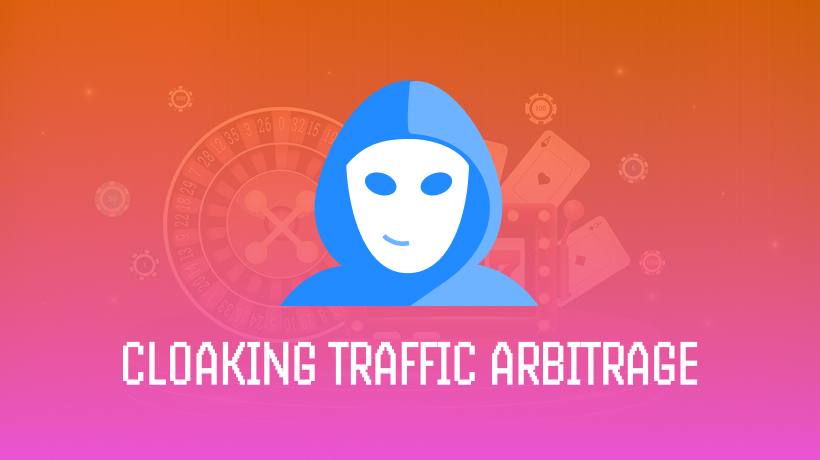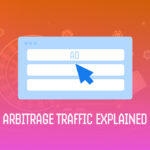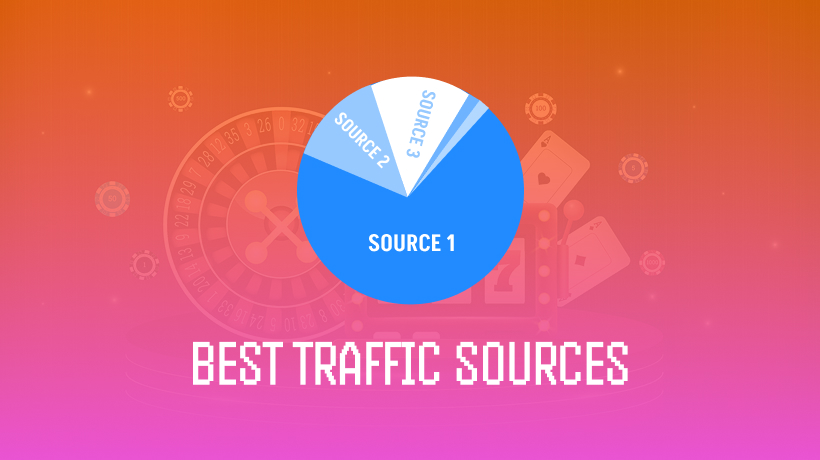But here’s what you need to understand: cloaking is essentially a digital shell game that’s costing the advertising industry upwards of $84 billion annually while putting anyone who uses it at serious legal and financial risk.
Think of cloaking like this: you have two different websites. When ad platform reviewers like Google or Facebook moderators visit your page, they see a clean, compliant site. But when real customers click your ads, they’re redirected to a completely different destination — usually one that violates advertising policies.
This is why cloaking matters, especially for beginners. Understanding it helps you avoid the most common reasons people get accounts banned, lose money, or even face legal trouble. Even if you never plan to use cloaking, knowing how it works can prevent you from accidentally hiring services or following advice that puts your business at risk.
Modern detection systems are so advanced that most cloaking attempts fail within days or weeks. Meanwhile, legal consequences now include federal lawsuits, criminal charges, and financial penalties that can shut down businesses completely.
Cloaking: What It Is and How It Works
The Basic Concept
Imagine running a restaurant but showing health inspectors a spotless fake kitchen while the real one is full of violations. That’s cloaking in a nutshell.
Cloaking uses a Traffic Distribution System (TDS) — think of it like a bouncer at a nightclub. When someone clicks your ad, they don’t go directly to your offer. Instead, they first hit the TDS, which instantly analyses who they are:
- Platform reviewer
- Bot or crawler
- Real customer
Based on this, the TDS sends them to:
- White page: A clean, compliant landing page shown to reviewers and bots
- Black page: The real monetised offer, often violating ad policies
Common Cloaking Methods
| Method | How It Works | What It Detects | Reliability |
|---|---|---|---|
| IP-Based | Checks visitor IP against platform IP databases | Google crawlers, Facebook reviewers | Medium — IPs change often |
| User-Agent | Analyses browser/device information | Bots, headless browsers | Low — easy to spoof |
| Geographic | Routes based on visitor country | Regulations, reviewer locations | High — hard to fake |
| JavaScript | Modifies content after page load | Crawlers that don’t execute JS | Medium — platforms improving detection |
Behind the Scenes Tech
Professional cloaking platforms like Keitaro, CLOAK IT, and Traffic Armor charge $25-$100+ per month to handle technical complexity. These services:
- Use machine learning to analyse visitor patterns
- Maintain constantly updated IP databases
- Provide analytics and detection reports
But modern detection systems process billions of impressions daily and adapt in real-time. Most cloaking setups now fail within days, making the business model unsustainable.
Why People Use Cloaking and Why It Fails
High-Paying Restricted Verticals
Restricted verticals pay far more than compliant ones, tempting operators to take risks:
- Gambling/Casino: $200-800 per deposit
- Nutra/Health: $30-150 per sale
- Dating/Adult: $15-80 per signup
- Crypto Trading: $250-1000 per funded account
- Binary Options: $300-600 per deposit
- Weight Loss: $40-120 per purchase
This can turn a struggling $1,000/month business into $10,000+ almost overnight. Geographic cloaking adds another layer, letting operators target high-value regions while hiding offers from regulators.
The Economics Have Changed
Detection systems now catch most cloaking campaigns within days. Campaign lifespans that once lasted months now barely last a week.
| Region | Cloaking Prevalence | Main Verticals |
|---|---|---|
| China | Very High | Gaming, E-commerce |
| Russia/CIS | High | Dating, Nutra |
| United States | Medium | Health, Finance |
| Europe | Medium | Gambling, Trading |
| Southeast Asia | High | Gaming, Crypto |
Infrastructure is expensive too, with many operators spending $500-$2000 monthly on just servers and tools — before ad spend.
Legal Consequences and Enforcement
Platform Penalties
Platforms treat cloaking as an egregious violation. Google and Facebook permanently blacklist domains, IPs, and payment methods. Facebook even has dedicated teams hunting cloaking operations.
| Platform | Violation | Immediate Action | Long-Term Impact |
|---|---|---|---|
| Google Ads | Circumventing Systems | Immediate suspension | Permanent ban, IP blacklist |
| Facebook Ads | Circumventing Review | Account disabled | Legal action, criminal referral |
| Microsoft Ads | Policy Circumvention | Campaign rejection | Payment holds, termination |
Legal Risks
The Facebook vs LeadCloak case (2020) set a precedent. Platforms now pursue federal lawsuits and criminal charges, not just bans.
The FTC’s civil penalty limit is $50,120 per violation. With thousands of fraudulent impressions, fines can reach six or seven figures fast.
Operating cloaking schemes across state lines can also lead to wire fraud charges — which carry hefty fines and possible prison sentences.
Legitimate Alternatives to Cloaking
White-Hat Arbitrage Strategies
You can succeed in traffic arbitrage without breaking rules. One proven approach is AdSense arbitrage:
- Buy cheap traffic from Facebook Ads or native networks like Taboola.
- Send it to content-rich pages monetised with AdSense.
- Ensure editorial quality and compliance.
Other legitimate strategies include:
- Content Arbitrage: Build high-quality sites with SEO + paid traffic
- CPC Optimisation: Test low-cost tier-2/3 sources
- Geographic Arbitrage: Target low-cost regions and monetise globally
- Mobile App Install Campaigns: Partner with approved app developers
- Email Lead Generation: Build a long-term list through ethical opt-ins
Focus on Conversion Rate Optimisation
Instead of trying to outsmart platforms, invest in:
- A/B testing landing pages
- Improving load speeds
- Streamlining conversion flows
- Tracking behaviour accurately
- Building user trust through transparency
Key Takeaway
Cloaking is no longer a sustainable strategy. Detection is faster, penalties are harsher, and legal risks are massive. The future belongs to operators who focus on transparency, compliance, and creating genuine value for users.
Build your business on a foundation that won’t disappear overnight — and you’ll avoid the traps that destroy most cloaking operations.








